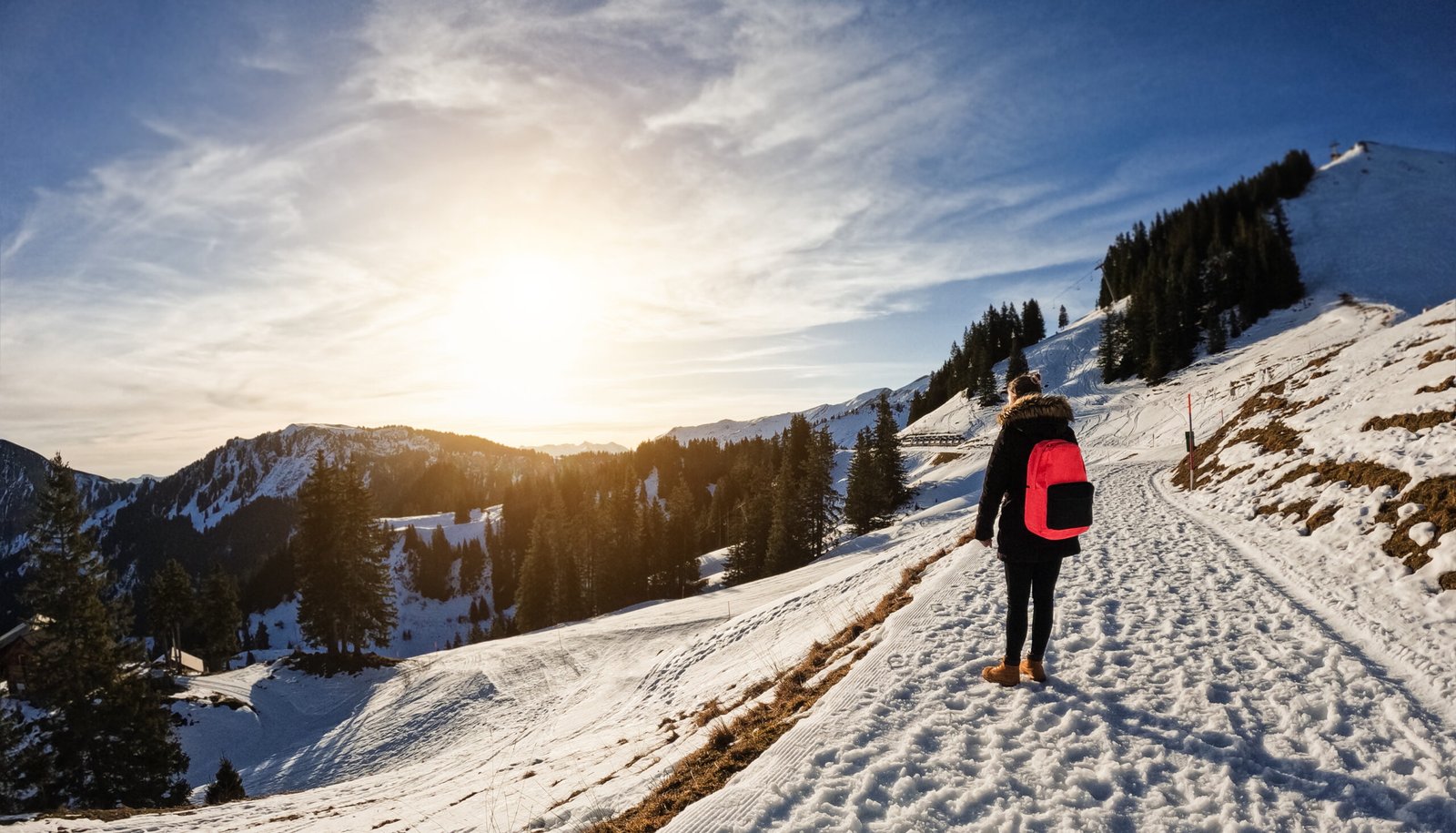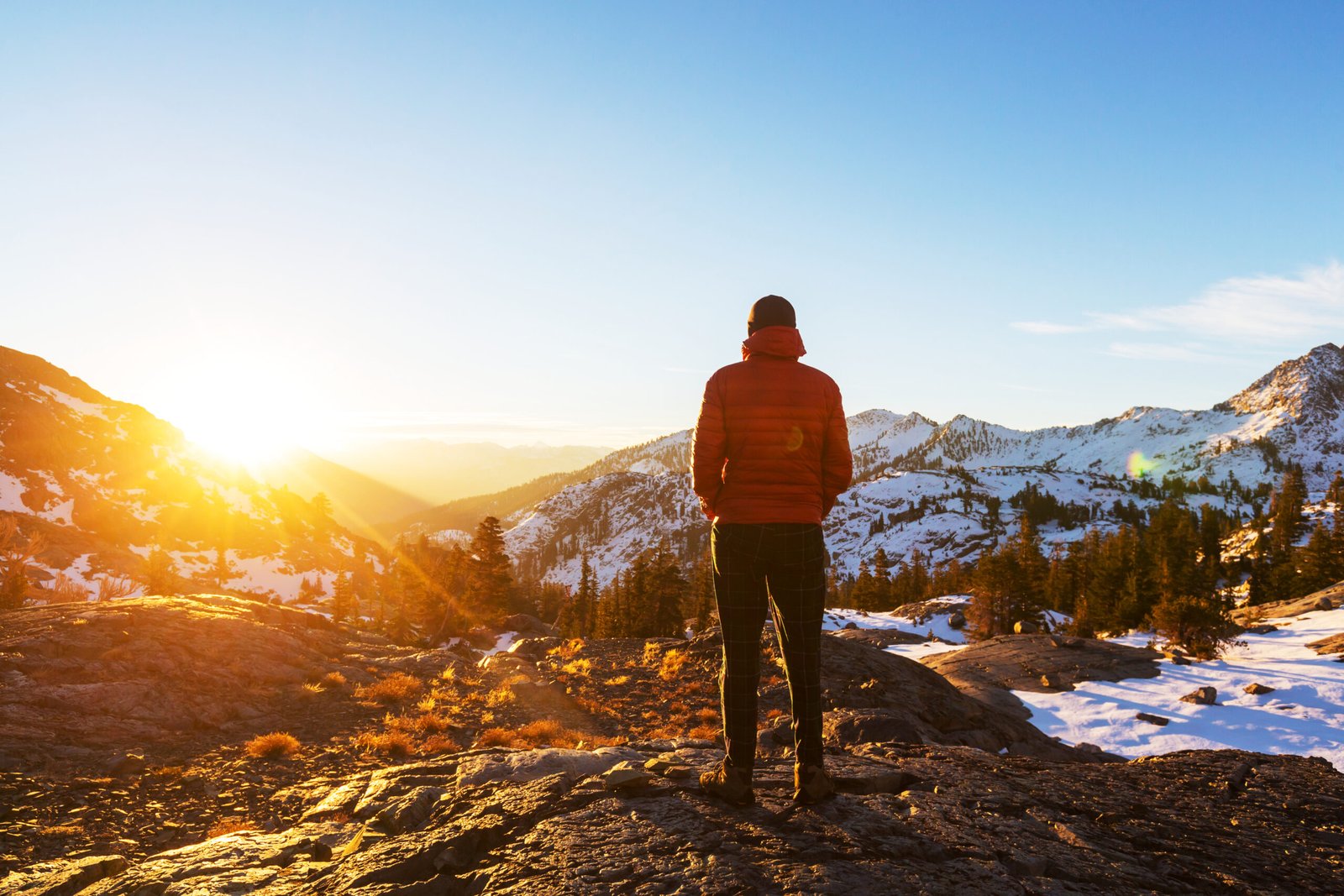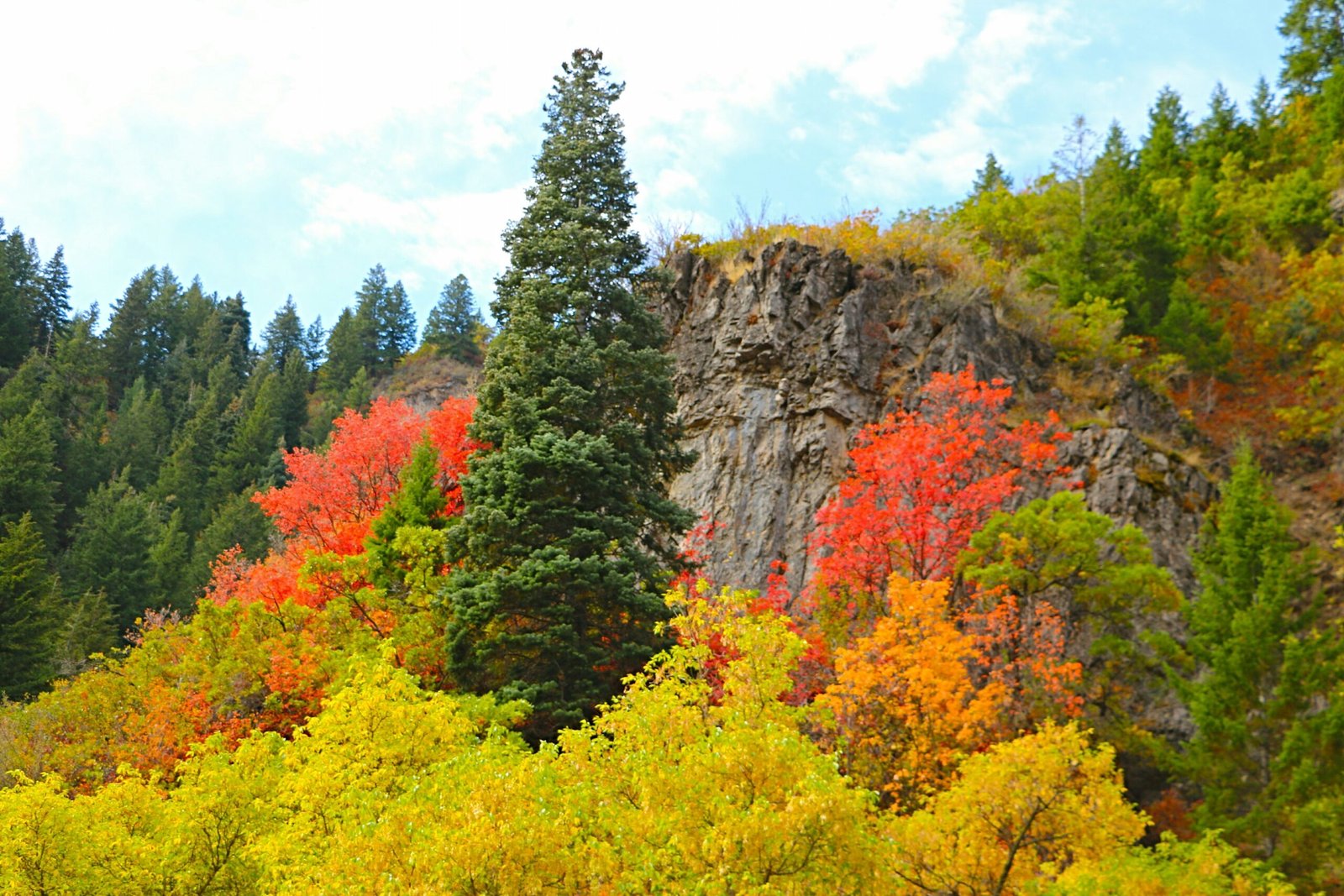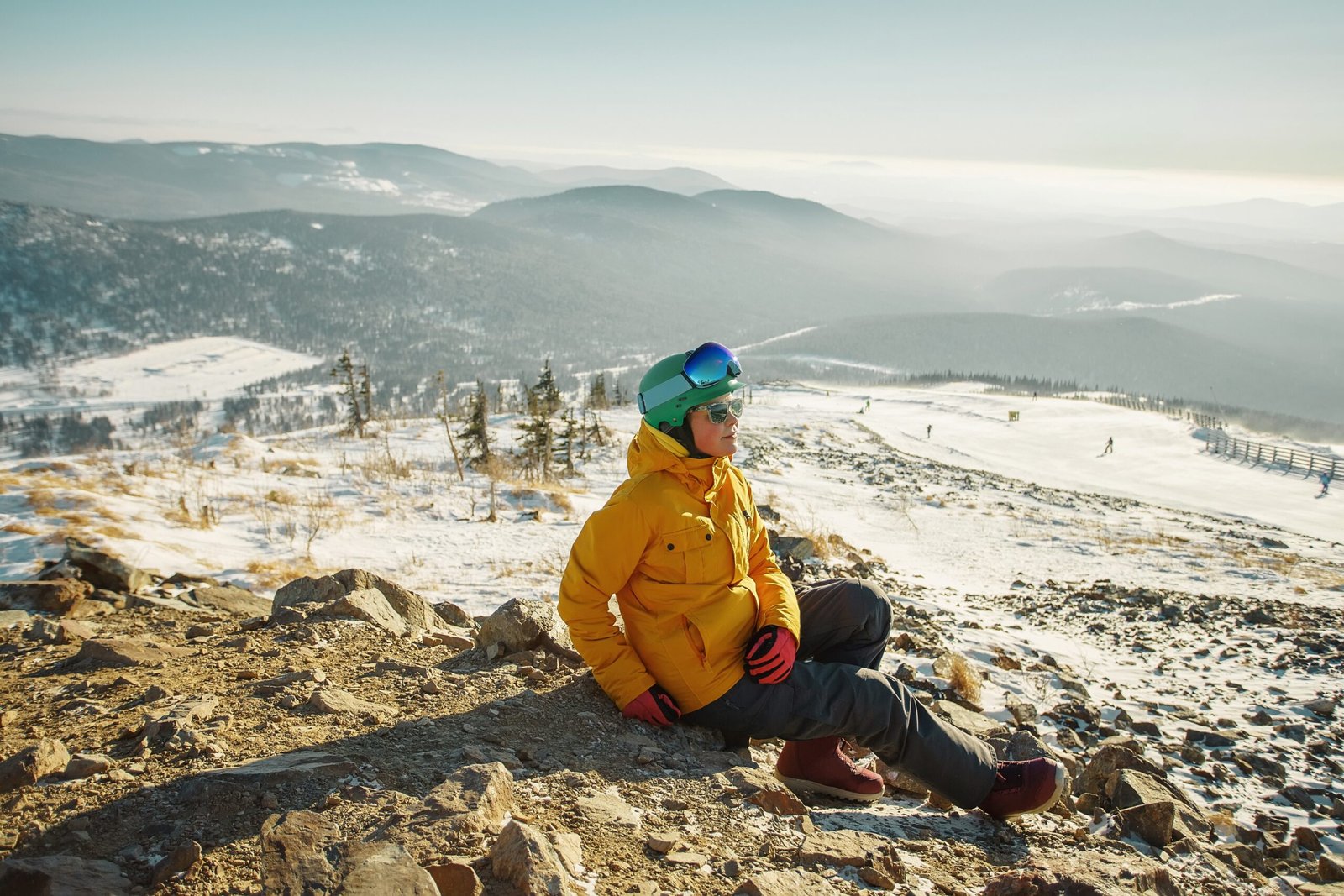Nestled in the heart of the Sierra Nevada mountains at 6,000 feet elevation, Truckee stands as…
Truckee CA – Safety Tips: Staying Safe in Mountain Environments
The morning mist clung to Lake Tahoe as Sarah laced up her hiking boots, confident in her city-honed fitness level. Three hours later, she found herself disoriented on an unmarked trail, altitude sickness setting in, with storm clouds gathering overhead. Her story—thankfully with a happy ending thanks to proper emergency preparation—reminds us that Truckee’s stunning mountain environment demands respect, preparation, and knowledge.
Whether you’re a first-time visitor enchanted by our alpine beauty, a local resident exploring new trails, or an experienced outdoor enthusiast pushing your limits, mountain safety isn’t negotiable—it’s your ticket to unforgettable adventures.
Year-Round Mountain Awareness: Your Foundation for Safety
Truckee’s mountain environment presents unique challenges that shift with the seasons. At 6,000+ feet elevation, our thin air affects everyone differently. Weather conditions can change from brilliant sunshine to life-threatening storms within hours. Understanding these fundamentals saves lives.
Essential Pre-Adventure Checklist
- Check current weather forecasts and avalanche conditions
- Inform someone of your exact plans and expected return
- Carry emergency communication devices
- Pack the 10 essentials (navigation, sun protection, insulation, illumination, first-aid supplies, fire, repair kit, nutrition, hydration, emergency shelter)
→ Download Our Complete Mountain Safety Checklist
Winter Safety: Navigating Snow and Ice Conditions
Winter transforms Truckee into a breathtaking wonderland—and a serious safety challenge. Snow activities bring unique risks that require specialized knowledge and equipment.
Avalanche Awareness
Avalanches kill more people in the Sierra Nevada than any other natural disaster. Before venturing into backcountry areas:
- Check daily avalanche bulletins from the Sierra Avalanche Center
- Never travel alone in avalanche terrain
- Carry avalanche safety gear: beacon, probe, shovel
- Take an avalanche safety course
“The mountains don’t care about your schedule,” reminds local Search and Rescue veteran Mike Chen. “Respect the conditions, or they’ll teach you respect the hard way.”
Cold Weather Protocols
- Layer clothing systems: base layer, insulating layer, shell layer
- Protect extremities: frostbite occurs faster at altitude
- Recognize hypothermia symptoms: shivering, confusion, loss of coordination
- Stay hydrated: dehydration accelerates in cold, dry mountain air
Spring Challenges: Melting Snow and Unstable Conditions
Spring’s beauty masks treacherous conditions. Melting snow creates unstable terrain, swollen waterways, and unpredictable weather patterns.
Key Spring Hazards
- Unstable snow bridges over streams
- Rockfall from freeze-thaw cycles
- Rapidly changing trail conditions
- Increased avalanche risk during warming periods
Always check current trail conditions with local ranger stations before departing.
Summer Adventures: Heat, Altitude, and Wildlife
Summer brings perfect hiking weather—and new safety considerations. Higher temperatures, increased wildlife activity, and crowded trails require different preparation strategies.
Altitude Sickness Prevention
Truckee’s elevation affects everyone differently. Symptoms include headaches, nausea, fatigue, and dizziness.
- Ascend gradually: spend time acclimatizing
- Stay hydrated: drink more water than you think you need
- Avoid alcohol: it worsens altitude effects
- Descend immediately if symptoms worsen
Heat-Related Illness
Even at elevation, summer heat can be dangerous:
- Start early: begin activities before sunrise
- Seek shade during peak hours (10 AM – 4 PM)
- Wear light-colored, breathable clothing
- Monitor urine color: dark yellow indicates dehydration
Fall Transitions: Changing Conditions Demand Extra Vigilance
Fall’s spectacular colors coincide with rapidly changing mountain conditions. Early snowfall, shorter daylight hours, and unpredictable weather create unique challenges.
- Daylight decreases rapidly: plan shorter adventures
- Weather systems move in quickly: check forecasts frequently
- Trail conditions vary dramatically: ice in shadows, dry in sun
Wildlife Encounters: Respecting Our Mountain Neighbors
Truckee’s diverse ecosystem includes black bears, mountain lions, and smaller wildlife that require respectful coexistence.
Bear Safety Protocol
- Store food properly: use bear boxes or hang food 12+ feet high
- Make noise while hiking: avoid surprising bears
- If you encounter a bear: don’t run, make yourself appear large, back away slowly
- Carry bear spray in active bear areas
Mountain Lion Awareness
Though rare, mountain lion encounters require specific responses:
- Maintain eye contact
- Stand tall and appear large
- Back away slowly
- Fight back if attacked
→ Report Wildlife Encounters to Local Authorities
Getting Lost: Prevention and Response
Getting lost ranks among Truckee’s top safety concerns. Dense forests, similar-looking terrain, and weather conditions can disorient even experienced hikers.
Navigation Essentials
- Carry map and compass: don’t rely solely on GPS
- Learn basic navigation skills
- Mark waypoints on your route
- Turn around frequently to memorize your return path
If You Become Lost
- STOP: Sit, Think, Observe, Plan
- Stay calm: panic leads to poor decisions
- Signal for help: whistle, bright clothing, mirror
- Stay put: searchers find stationary targets easier
Extreme Weather: Mountain Conditions Change Fast
Mountain weather systems develop rapidly and intensely. What begins as a pleasant morning can become a life-threatening afternoon.
Weather Monitoring
- Check multiple weather sources: mountain forecasts differ from valley predictions
- Understand cloud formations: lenticular clouds indicate high winds
- Monitor barometric pressure: rapid drops signal incoming storms
- Have escape routes planned
Lightning Safety
Afternoon thunderstorms pose serious risks in exposed mountain terrain:
- Start early, finish early: most storms develop after noon
- Avoid ridgelines and peaks during electrical activity
- Seek shelter in low areas: avoid tall, isolated objects
- Wait 30 minutes after the last thunder before resuming activities
Emergency Resources: Your Lifeline in Crisis
When emergencies occur, knowing who to contact saves precious time.
Primary Emergency Contacts
- 911: All emergencies requiring immediate response
- Placer County Search and Rescue: (530) 889-7846
- Tahoe National Forest Ranger Station: (530) 587-3558
- Tahoe Forest Hospital: (530) 587-6011
Emergency Communication
- Cell service is spotty: don’t rely on phones alone
- Satellite communicators: consider PLBs or satellite messengers
- Emergency whistles: three sharp blasts signal distress
- Signal mirrors: effective for attracting aircraft attention
→ Save Emergency Contacts to Your Phone
Weather Alert Systems
Stay informed with reliable weather monitoring:
- National Weather Service Reno: weather.gov/rev
- Sierra Avalanche Center: sierraavalanchecenter.org
- NOAA Weather Radio: continuous mountain weather updates
- Local emergency alert systems: sign up for county notifications
Family Safety: Special Considerations for Children
Families exploring Truckee’s mountains need additional safety measures:
Child-Specific Preparations
- Bright, distinctive clothing: easier to spot if separated
- Emergency whistles: teach proper use
- ID bracelets: include emergency contact information
- Shorter distances: children tire faster at altitude
- Extra supplies: food, water, warm clothing
Teaching Mountain Safety
- Stay together rules: establish clear boundaries
- Wildlife awareness: teach appropriate responses
- Weather recognition: help children identify dangerous conditions
- Emergency procedures: practice what to do if separated
Gear Essentials: Your Mountain Safety Foundation
Proper equipment isn’t optional—it’s your insurance policy against mountain hazards.
The Ten Essentials
- Navigation: map, compass, GPS device
- Sun protection: sunglasses, sunscreen, hat
- Insulation: extra clothing layers
- Illumination: headlamp, flashlight, extra batteries
- First-aid supplies: comprehensive medical kit
- Fire: waterproof matches, lighter, fire starter
- Repair kit: duct tape, multi-tool
- Nutrition: extra food beyond planned meals
- Hydration: extra water, purification method
- Emergency shelter: space blanket, bivy sack
Local Expertise: Learning from Truckee’s Mountain Community
Our local outdoor community offers invaluable resources for mountain safety education:
- Truckee Mountaineering Club: skills workshops and guided trips
- REI Truckee: gear consultations and safety classes
- Tahoe Rim Trail Association: trail conditions and volunteer opportunities
- Local guide services: professional instruction and leadership
Technology and Safety: Modern Tools for Mountain Adventures
Smart technology enhances mountain safety when used properly:
Recommended Apps
- Gaia GPS: detailed topographic maps, offline capability
- Mountain-Forecast.com: elevation-specific weather
- iSOS: emergency contact and location sharing
- First Aid by Red Cross: medical emergency guidance
Satellite Communication Devices
- Personal Locator Beacons (PLBs): emergency-only communication
- Satellite messengers: two-way communication capability
- Satellite phones: voice communication from remote areas
Building Your Mountain Safety Mindset
True mountain safety begins with the right mindset. Respect for the environment, honest assessment of your abilities, and commitment to preparation separate safe adventurers from statistics.
The Safety-First Philosophy
- Conservative decision-making: when in doubt, choose the safer option
- Continuous learning: take courses, read extensively, learn from others
- Physical preparation: maintain fitness appropriate for your activities
- Mental preparation: visualize emergency scenarios and responses
“The mountains will always be there tomorrow,” notes local climbing guide Maria Rodriguez. “Your job is to make sure you are too.”
Seasonal Preparation Calendar
Plan your mountain safety preparation throughout the year:
Winter Preparation (November-March)
- Avalanche education courses
- Cold weather gear maintenance
- Winter driving skills
- Emergency kit updates
Spring Readiness (April-May)
- Gear inspection and replacement
- Physical conditioning programs
- Trail condition monitoring
- First aid refresher training
Summer Preparation (June-August)
- Heat illness prevention education
- Wildlife awareness updates
- Navigation skill practice
- Emergency communication testing
Fall Planning (September-October)
- Weather monitoring intensification
- Daylight planning adjustments
- Winter gear preparation
- Route planning modifications
→ Join Our Seasonal Safety Email Updates
Your Mountain Safety Journey Starts Now
Truckee’s mountains offer incredible experiences to those who approach them with knowledge, respect, and preparation. Every adventure—from a family nature walk to a challenging backcountry expedition—benefits from thoughtful safety planning.
Your safety is your responsibility. No rescue team, no piece of gear, no weather forecast can substitute for good judgment, proper preparation, and conservative decision-making.
The mountains don’t care about your experience level, your schedule, or your confidence. They respond only to preparation, respect, and humility.
Start building your mountain safety knowledge today. Take a course, join a local outdoor group, practice with your gear, and always—always—err on the side of caution.
Because the best mountain adventure is the one where everyone comes home safely.
→ Schedule Your Mountain Safety Consultation
→ Download Complete Truckee Safety Guide PDF
→ Sign Up for Emergency Weather Alerts
Have questions about mountain safety in Truckee? Contact our local experts for personalized guidance and training opportunities. Your safety is our priority.
Remember: The mountains will test you. Be ready.




